- Description
- Additional information
- Reviews (0)
Description
Yellow Neocaridina Shrimp ( Neocaridina davidi var. “Yellow” )
Everything you need to care for your Yellow Neocaridina Shrimp on one page—parameters, setup, diet, breeding, health, and troubleshooting.
1 • Natural History & Grades
-
Species: Neocaridina davidi (freshwater dwarf shrimp from southern China/Taiwan riverbanks).
-
Color morph: Selectively bred for a solid, lemon‑yellow exoskeleton; highest grades are sold as “24 K,” “Gold‑back,” or “Golden Line” (bold dorsal stripe).
-
Adult size & life‑span: ≈ 2.5–3 cm; 18–24 months typical, up to 30 months in cool water.
2 • Tank Requirements
| Category | Recommended | Notes |
|---|---|---|
| Volume | 20 L (5 gal) colony starter / 40 L+ long term | Larger water mass buffers temp & TDS swings. |
| Filter | Air‑driven sponge or matten; 4–6× tank volume h⁻¹ flow | Never expose shrimplets to an un‑guarded intake. |
| Substrate | Inert sand/gravel or buffered active soil (if tap pH > 7.6) | Active soils gradually exhaust; monitor KH. |
| Temp. | Ideal 20–24 °C (68–75 °F) | Slower metabolism at 18 °C; breeding pauses > 28 °C. |
| pH | 6.6–7.4 | Sudden drops below 6.2 cause failed molts. |
| GH | 5–8 dGH (≈ 90–140 ppm CaCO₃) | Provides Ca²⁺ for exoskeletons. |
| KH | 2–4 dKH (≈ 35–70 ppm) | Prevents pH nose‑dives yet avoids mineral film. |
| TDS | 160–220 ppm | Remineralized RO/DI is the easy way to hold a fixed value. |
| Lighting | Low‑medium LED (8–10 h) | Encourage micro‑algae; too bright grows filamentous hair algae. |
| Aquascape | Dense moss (Java, Christmas), Subwassertang, floating plants, cholla wood, almond/catappa leaves | Maximizes grazing surface & hides shrimplets. |
3 • Diet & Feeding Routine
| Staple | Frequency | Tip |
|---|---|---|
| Biofilm & aufwuchs | Constant | Seed tank with leaf litter & powdered foods. |
| High‑quality shrimp pellets/sticks | 2–3× week | Remove leftovers after 2 – 3 h. |
| Blanched veg (spinach, zucchini, kale) | 1× week | Thinner slices = faster consumption. |
| Protein boost (decapsulated brine shrimp eggs, frozen cyclops) | 1× week small pinch | Excess protein can foul water—stay tiny. |
| Mineral/leaf botanicals | Continuous | Indian almond, guava, oak—replace every 3–4 weeks. |
Color enhancers: Spirulina, chlorella, marigold, paprika in commercial foods intensify yellows by supplying xanthophyll pigments.
4 • Breeding & Line Management
-
Colony seed: 12–20 high‑grade juveniles (avoid already‑berried adults—shipping stress).
-
Sexing: Females broader, bright saddle/ovaries; males slimmer, paler. Aim ≈ 1 ♂ : 2–3 ♀.
-
Cycle: Female molts → releases pheromones → male frenzy → mating. Eggs carried (“berried”) for 25–30 days at 22 °C. Brood size 20–35.
-
Selective culling: Every 6–8 weeks net out translucent, brownish, or green‑banded juveniles to a separate “cull/nano fish” tank; sell or keep them separate so your main tank stays top‑grade.
-
Bloodline refresh: Introduce 2–3 unrelated, equally high‑grade shrimp once per year; quarantine 4 weeks to rule out disease.
-
Record‑keeping: Simple spreadsheet—date, parent IDs, visible traits, survival rate—to detect declining vigor early.
5 • Common Health Issues
| Symptom | Likely Cause | Fix / Prevention |
|---|---|---|
| Failed molts / white ring | Low GH / iodine deficiency / abrupt TDS shift | Raise GH to 5‑6; add cuttlebone; slow‑drip water changes. |
| Sudden adult deaths after WC | Temperature or TDS shock | Match new water within ± 1 °C and ± 10 ppm; drip 30 min. |
| Bacterial “rust” disease | Poor hygiene, high organics | Immediate 50 % WC; dose Maracyn2 or shrimp‑safe furan; reduce feeding. |
| Planaria worms hunting shrimplets | Over‑feeding leading to planaria bloom | Starve 3 days; siphon; treat with No‑Planaria (betel nut) or Genchem. |
| Colour fading | Old age, stress, low mineral, weak genetics | Check GH/TDS; provide pigment foods; cull persistently pale lines. |
6 • Safe Tank‑mates
-
Excellent: Nerite, ramshorn, Malaysian trumpet snails; Otocinclus, pygmy/habrosus cories, ember rasboras, exclamation point rasboras, least killifish (Heterandria formosa).
-
Marginal: Small peaceful gouramis & micro‑rainbows (watch feeding time).
-
Avoid: Bettas, most tetras/barbs, cichlids, dwarf puffers, crayfish—anything that sees shrimp as snacks.
7 • Maintenance Schedule (Example)
| Day | Task |
|---|---|
| Mon | Observe behavior, remove any uneaten veg from Sun. |
| Tue | Add tiny pinch powdered food for biofilm. |
| Wed | 10 % drip water‑change (match TDS & temp). |
| Thu | Rest day—observe saddled females. |
| Fri | Feed high‑protein treat (decap BBS); top‑off evaporation. |
| Sat | Cull tank inspection, trim moss, clean pre‑filter foam. |
| Sun | Blanched veg slice, replace 1 leaf/botanical if decomposed. |
Quick‑Reference Cheatsheet
Temp 20‑24 °C · pH 6.8‑7.2 · GH 6 · KH 3 · TDS 200
Feed light, change water slow, cull pale juvies—gold stays gold.
Keep parameters stable, provide endless grazing surfaces, and practice ruthless (but humane) culling, and your Yellow Neocaridina Shrimp colony will thrive, breed year‑round, and remain a dazzling focal point in the aquascape. Happy shrimp‑keeping! 🦐✨
Additional information
| Amount | Individual Shrimp, 5 Pack, 12 Pack |
|---|
Only logged in customers who have purchased this product may leave a review.


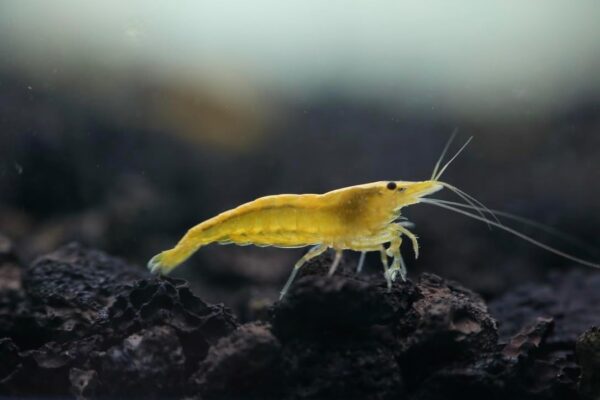

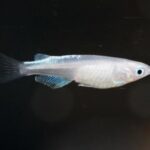
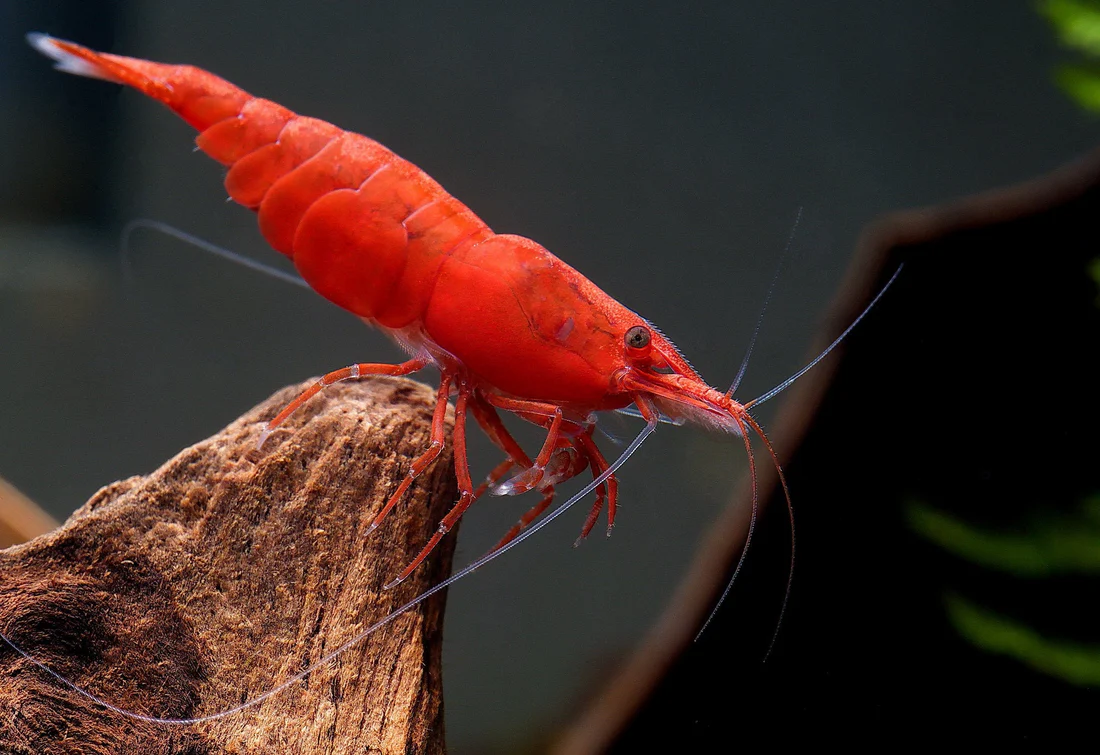

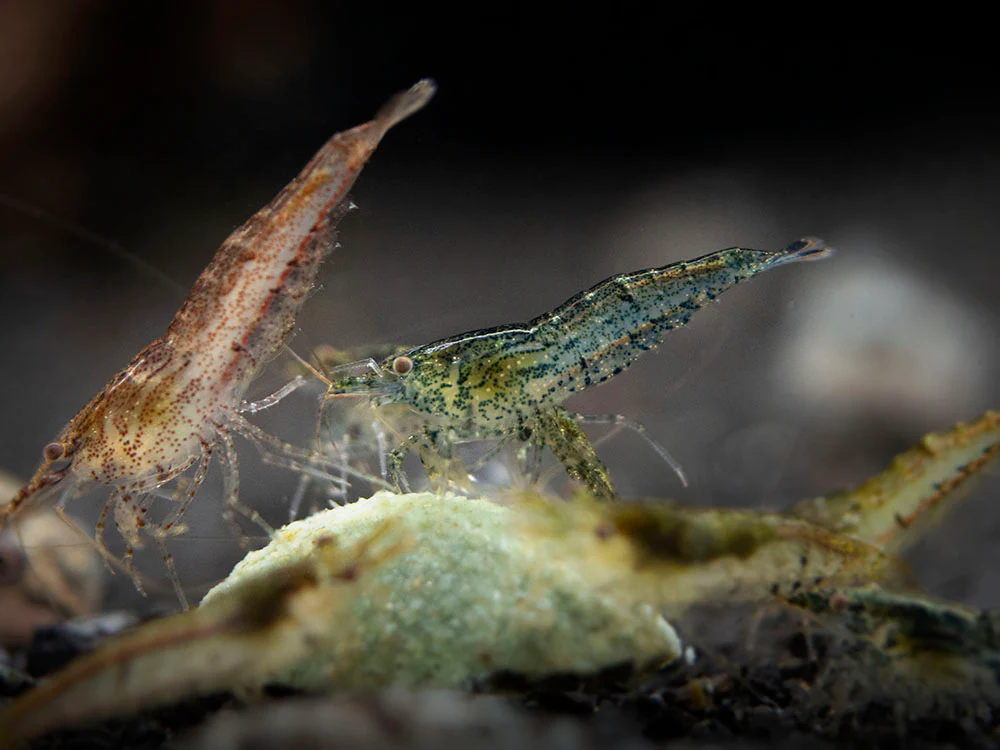
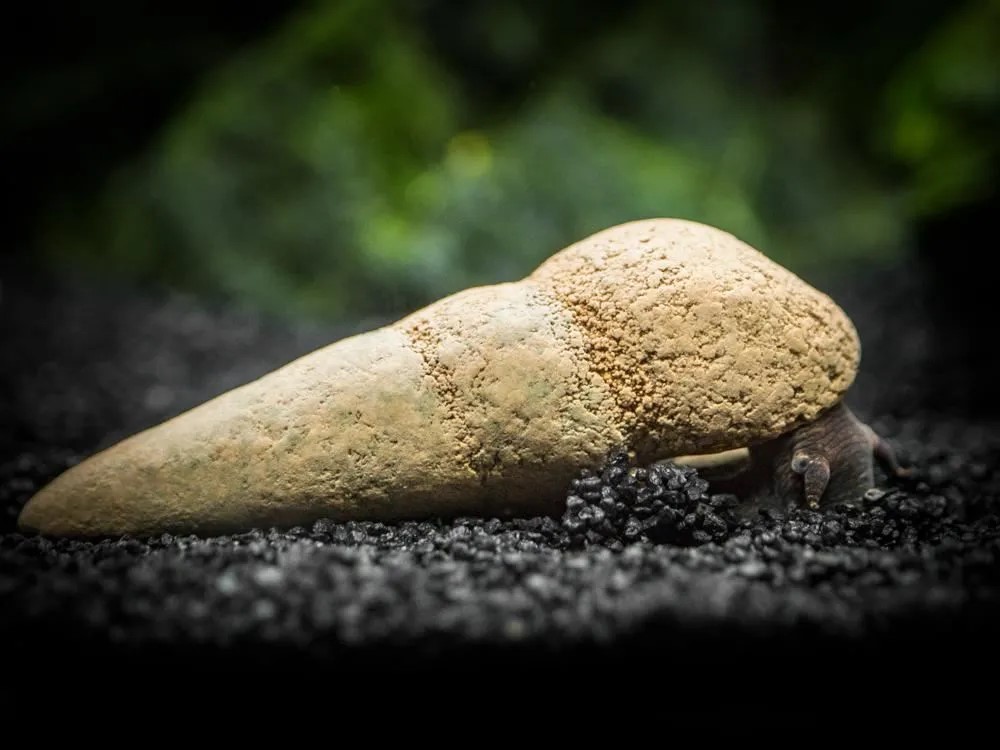
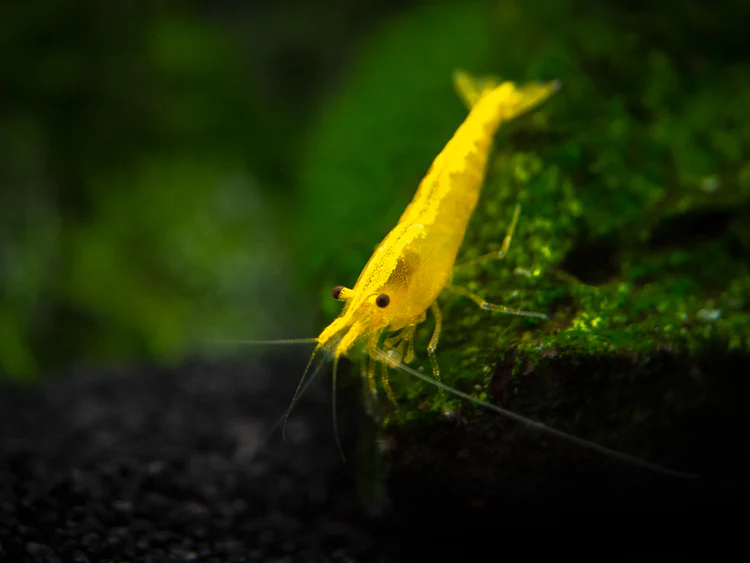
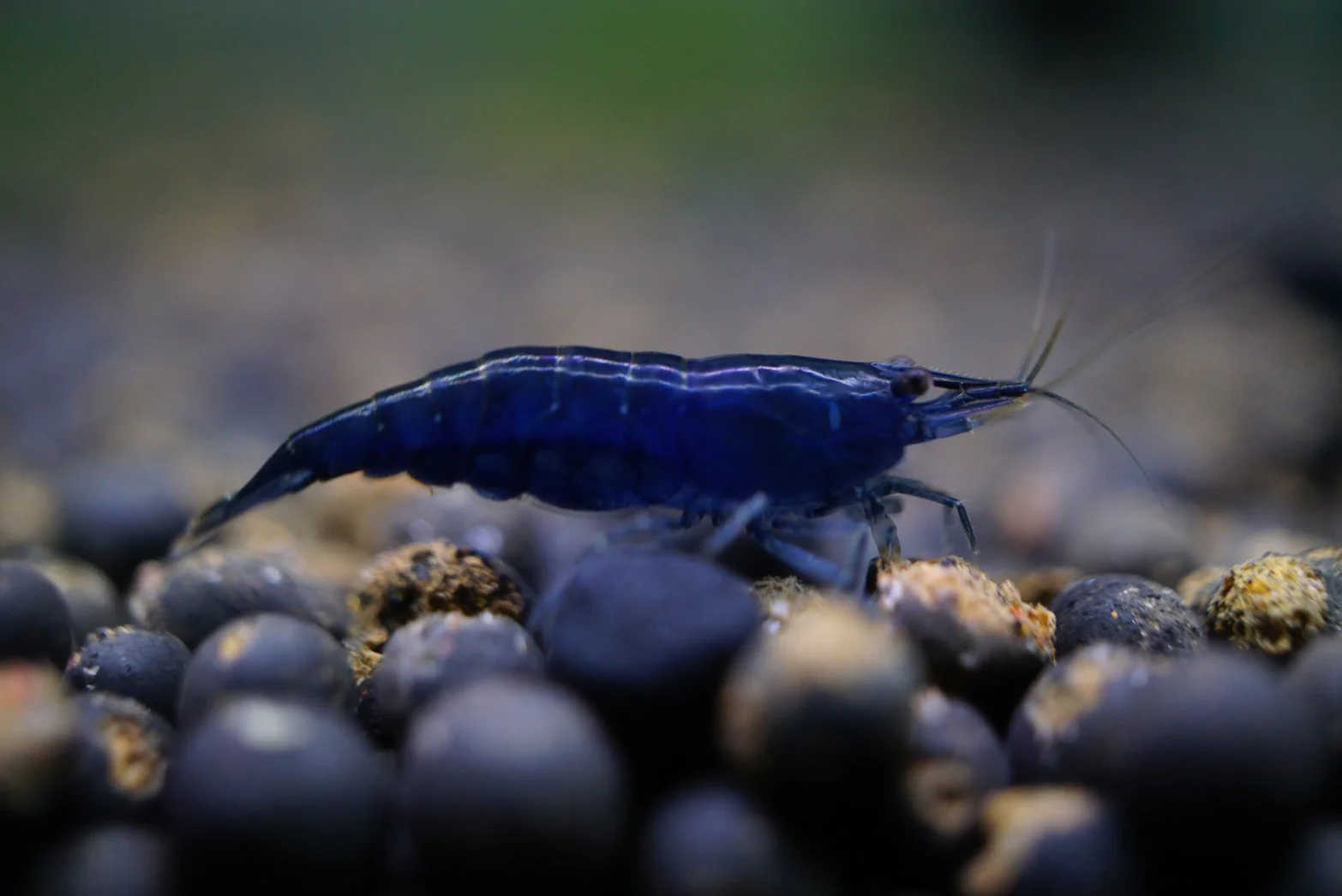
Reviews
There are no reviews yet.